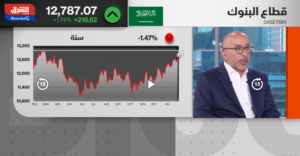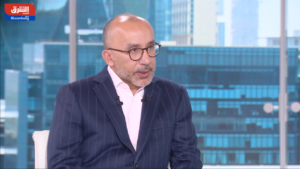Despite Dubai’s property transactions rising for the first five months, the literature on real estate is still replete about prices falling … and of an unquantifiable supply pipeline. It is absurd that this issue still dominates the zeitgeist given the fact that actualisation rates have been nearly half of what has been forecast for the last five years.
But these create a toxic cocktail and cloud the investment outlook. As brokers continue to struggle to come up with inventive methods of selling, the analyst community (whatever little remains of them) has stated that for now there appears to be no end in sight to the downturn. Instead of focusing on precedents in other markets where prices fell below replacement value and observing how long it took for a recovery to take place.
This begs the question as to whether the “new normal” is one where real estate asset prices continue to stagnate for the medium term.
It is worth noting that historically, prices have tended to over- as well as undershoot their fair market value for prolonged periods. This is especially the case in rapidly urbanising cities, as well as during times of increasing interest rates.
Dubai witnessed both phenomena over the last five years. Even as demand management policies have been introduced, rental as well as unit prices registered declines. This led to an increase in “liquidity preference”, which has a direct impact on the money price of capital assets.
A capitalist economy is characterised by a layered set of payment commitments of financial contracts. As liquidity preference increases, the ability to fulfil some of these contracts gets called into question, setting off a pervasive phenomenon in the financial system whereby asset prices contract.
This was witnessed in America during the 1970s, when profits generated from businesses contracted significantly, leading to a fall in asset prices. However, a capitalist economy only works as an investment economy, for investment generates profits. Investment takes place because it is expected that capital assets will yield profits in the future — but those profits will only be forthcoming if future investment takes place.
In order to raise monies for such investments to take place, firms will resort to innovative methods, such as introducing post-handover payment plans and reducing the level of monthly instalments. The amount of financial capital that is raised falls into three categories: long term funding, “speculative” capital, and “ponzi” schemes.
A capitalist economy is characterised by a layered set of payment commitments of financial contracts. As liquidity preference increases, the ability to fulfil some of these contracts gets called into question, setting off a pervasive phenomenon in the financial system whereby asset prices contract.
This was witnessed in America during the 1970s, when profits generated from businesses contracted significantly, leading to a fall in asset prices. However, a capitalist economy only works as an investment economy, for investment generates profits. Investment takes place because it is expected that capital assets will yield profits in the future — but those profits will only be forthcoming if future investment takes place.
In order to raise monies for such investments to take place, firms will resort to innovative methods, such as introducing post-handover payment plans and reducing the level of monthly instalments. The amount of financial capital that is raised falls into three categories: long term funding, “speculative” capital, and “ponzi” schemes.
This recursive relationship between asset prices and investment levels generated suggests that there will always be some level of financial instability inherent in the system. For as asset prices rise, speculative and ponzi finance re-enters the system (given lower liquidity preference) to the point where long-term finance diminishes and the entire price cycle process repeats itself.
The period of asset price sluggishness is partly a function of government policy, and the level of stimulus as well as demand enhancement measures that it introduces determines how long the duration of sluggishness. With a raft of policy measures that have been introduced, clearly expectations have shifted once again towards optimism, thereby leading to an overall rise in transactional activity.
How quickly this gets embedded into asset prices will be a function of policy efficiency, the shape of the global economy, as well as the ability of individual businesses to allocate capital in a more efficient manner. Given the trade war and Brexit rhetoric, along with regional geopolitical factors that has dominated the ecosystem over the last few years, it is natural that there is still some amount of scepticism that is inbuilt into asset prices. H
However, the fact that transactional activity has risen despite these headwinds suggests that the economy is on course for a gradual return of asset prices towards and above fair value levels.
Sameer Lakhani is Managing Director of Global Capital Partners.





